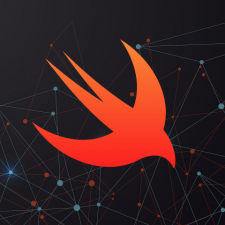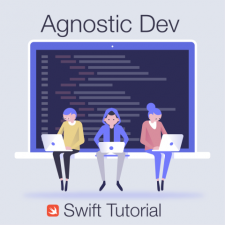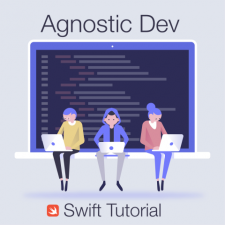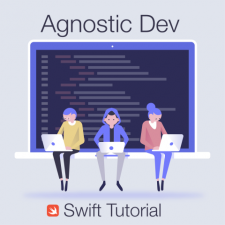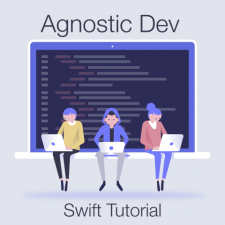Swift and Python Interop using Dynamic Member Lookup
Featured Post
When the Swift language went into development one of the goals it set out to achieve was to provide a better developer experience than the one that currently existed and to provide long term support against legacy C and Objective-C APIs. Now that these goals have been achieved the Swift community is widening it's support to working with dynamic languages such as Python, Ruby, JavaScript, and Perl in Swift 4.2's language addition for





